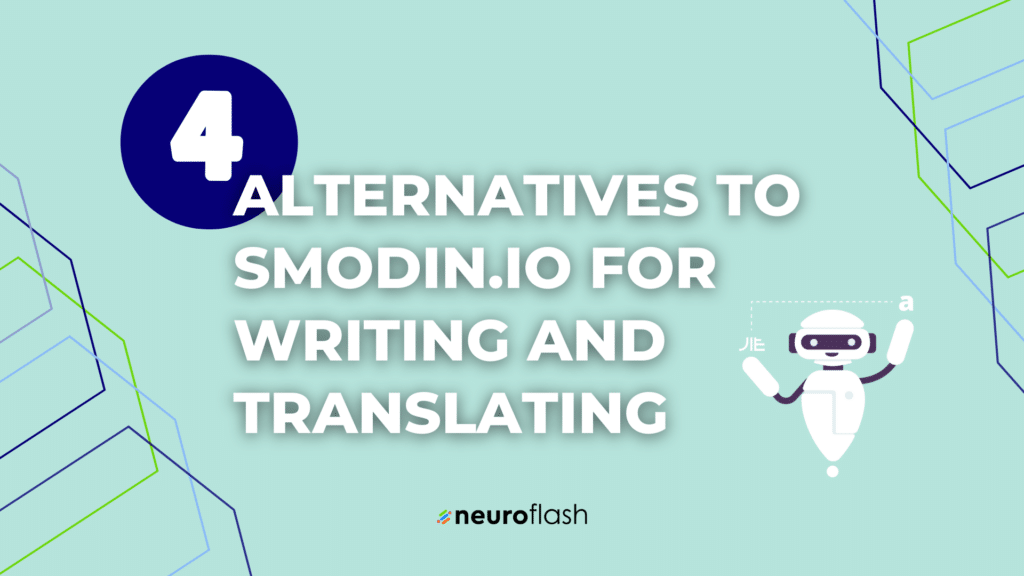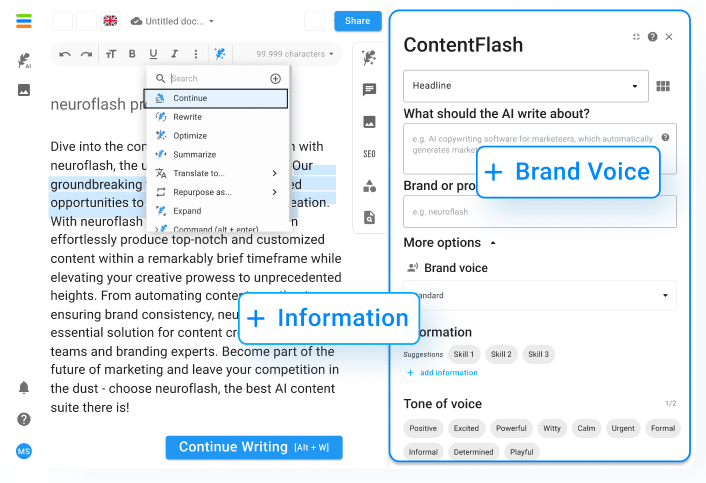
How do you know which posts will drive engagement?
- Artificial intelligence: to predict how content is being perceived by a typical human being
- Machine learning: to predict which associations lead to more engagement
- Data visualization: to tell the story in a way that humans understand

What are associations?
Short Background on Associations
- Explicit Associations: The associations you can voice and point out when prompted to do so. For example, if I ask you ‘How does the color yellow make you feel?’ your response reveals your explicit associations as you are immediately conscious of them.
- Implicit Associations: The connections we make internally without outwardly realizing it. Thus, implicit associations occur below your immediate consciousness and are predominantly subconscious. So, if I ask you ‘How does the color yellow make you feel?’ and you say ‘Good.’ But, you pause/hesitate before answering without knowing why, that’s an example of an implicit association. As a rule of thumb: “When you aren’t aware, it’s implicit.”
Example of Associations Using Data Visualization

Using data visualization, we demonstrate with the green connections between man and beer, that there are a lot more associations between man and beer than between man and lemonade – which can make it a lot easier for most people to automatically connect/give beer to a man rather than a woman.
Associations in the Digital World
UNICEF’s Social Media Optimization: The Process
- Social media output
- Analyze which posts are more successful
- Determine WHY those posts are successful
Social Media Optimization for UNICEF’s Facebook Channel
Famine, disease, migration, and malnutrition aren’t your typical clickbait topics. While the challenge is daunting, the importance of raising awareness is equally big.

Which associations are connected to more engagement for UNICEF?
Data Collection

Overview of data
Base Analysis: Methods

Aggregated top words identified by using embedding models on UNICEF’s 2971 Facebook posts

Visualization of how words are used to form the 3 semantic clusters. Note how words at the border between clusters are also semantically “in-between”.

Top 3 clusters identified by our embedding models based on top words
Text Analysis: Which associations are triggered, that lead to higher success?

Correlations of associations invoked in successful posts (represented in yellow bars) and less successful posts (gray bars)
Text Associations with Higher Engagement
- Glowing: shine, glow, glint, glisten, shimmer, bright, moonlight
- Musical: sing, rendition, music, vocal, croon, lyric, chorus, singer
- Cheerful: wonderful, joyful, wonderfully, fabulous, exuberant, lovely, delight, amaze, cheerful
- Goofy: cartoon, kooky, lovable, funny, clown, adorable
- Grateful: thank, thankful, grateful, wonderful, 🙂, awesome, happy, congrats, appreciate
Text Associations with Lower Engagement
- Illness: illness, symptom, disease, acute, sufferer, pneumonia, debilitate, ailment, syndrome
- Vaccination: influenza, diphtheria, malaria, vaccination, measle, vaccinate, hepatitis_b, dengue, h1n1
- Childbearing: infant, maternal, neonate, childbearing, childbirth, pregnant, neonatal, adolescent, fetus
- Malnutrition: famine, starve, poverty, malnourished, epidemic, hunger, malnourishment, impoverish
- Medical staff: medical, hospital, patient, doctor, pediatric, nurse, medicine, clinician, pediatric
Examples of Posts with Higher Success Associations

‘Cheerful’ Association

‘Glowing’ Association

‘Musical’ association
Examples of Posts with Lower Success Associations

‘Malnutrition’ association

‘Childbearing’ association

‘Medical staff’ association
How to apply these learnings for YOUR future social media posts
Image Analysis: Which Image associations are triggered, that lead to higher engagement?

Correlations of associations invoked in successful posts (represented in yellow bars) and less successful posts (gray bars)
Image Associations with High Engagement
- Cinematic: film, filmmaker, actress, screenwriter, documentary, oscar, filmmakers, biopic, motion_picture
- Legendary: famous, pay_homage, legendary, heritage, masterpiece, timeless, contemporary, renowned, tradition
- Treaty: agreement, negotiation, pact, ratify, signatory, ceasefire, ratification, declaration, multilateral
- Adventure: embark, journey, adventure, treacherous, adventurer, adventurous, explore, unexplore, expedition
- Natural disaster: torrential_rain, tsunami, typhoon, hurricane, flood, earthquake, torrential, rainstorm, cyclone
Image Associations with Low Engagement
- Trauma: emotional, physical, mental, trauma, anxiety, depression, cognitive, physiological, emotion
- Malnutrition: famine, starve, poverty, malnourished, epidemic, hunger, malnourishment, impoverish
- Vaccination: influenza, diphtheria, malaria, vaccination, measle, vaccinate, hepatitis_b, dengue, h1n1
- Unfortunate: terrible, frustrate, wrong, unfortunate, sadly, horrible, awful, badly, spite
- Medical staff: medical, hospital, patient, doctor, pediatric, nurse, medicine, clinician, pediatric
Examples of Images
Successful Images and Associations

Cinematic association

Legendary association

Treaty association
Less successful Images and Associations

Vaccination association

Unfortunate association

Medical staff association
Engagement Prediction using Activation Maps: The power of the human touch?

Activation maps
Stylistic factors: What impact do punctuations etc. have on engagement?

Correlations of stylistic choices appearing in successful posts (represented in yellow bars) and less successful posts (gray bars)
- Question marks
- Hashtags
- Common words
- Longer words
- Longer posts
- Using numbers
Positive vs. Negative Thoughts

Conclusion: Hope helps.
More Specific Analysis of Facebook Posts

Top 3 clusters identified by our embedding models based on top words

















